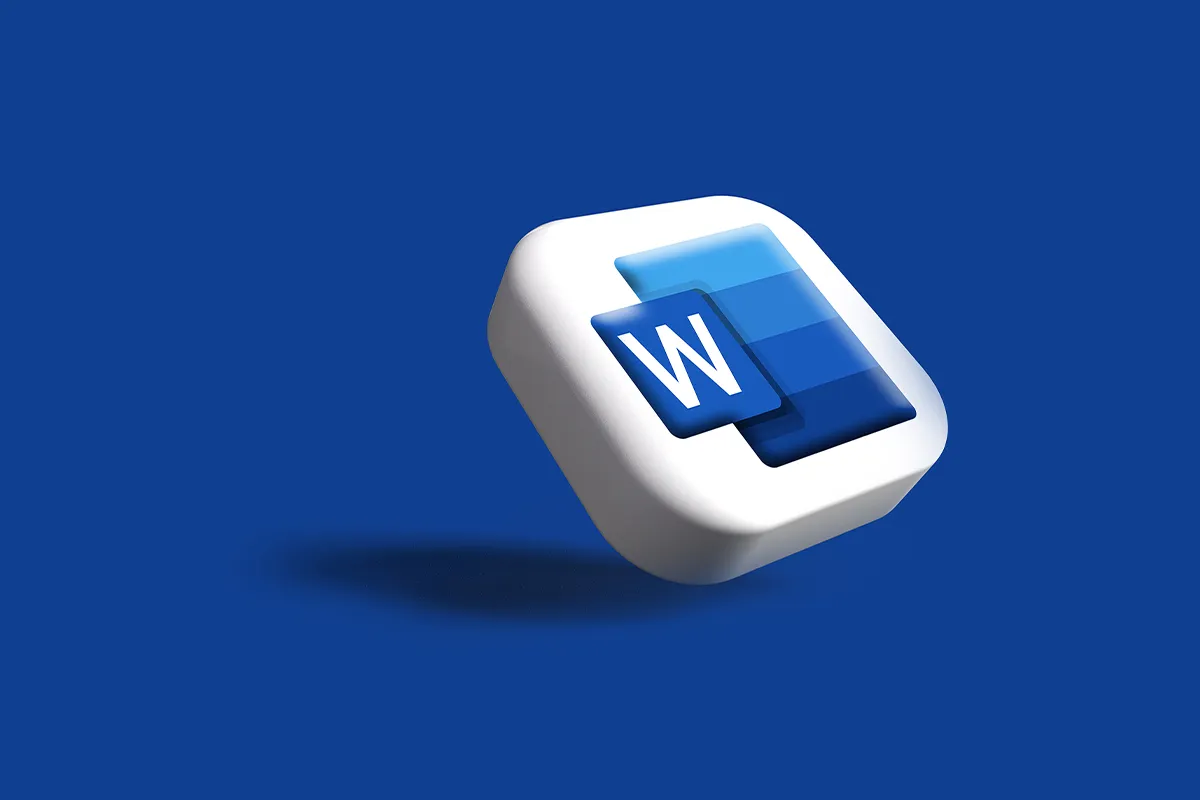Mail Merge is a method in Microsoft Word that lets you make personalized documents. It mixes a template with information from a list. It changes documents like letters or labels by putting in details from a data file.
If you want to send holiday cards to 200 people and put each person’s name and address on them, Mail Merge can do this without you having to change each card yourself. That is what Mail Merge does.
This technique is used for many things, not just holiday cards. Companies need to send messages to many people. If you work in HR and send job offers, if you are in marketing and send newsletters, or if you run a small company and need to print addresses, Mail Merge can help you save time and work.
Common uses of mail merge
Mail Merge is very useful in different jobs. First, in schools. Teachers and school workers can quickly make reports, certificates, and letters to families. It saves time and mistakes and keeps things the same.
In offices, Mail Merge is very important for HR. They need to make employee contracts, letters for reviews, or information about benefits that are special for each person. Making things personal helps make trust and good work relationships.
People in marketing use Mail Merge to send letters to customers. They make special newsletters, coupons, or special invites. This makes customers more interested. It helps customers feel special and not just one of many.
Charities use Mail Merge too. They use it to send thank you notes, receipts for giving money, and invites to events. It makes talking to donors easier and more special. A personal touch can help keep donors interested and active.
Preparing the main document
Choose the best merge document type first. Make the document match your goal and you can use tools like AI word document generator to create word documents. Use Letters for personal messages. Pick Emails to reach inboxes. Use Labels for big mailings or tagging items. Envelopes are good for mail. Think about your goal to be effective.
Open a new Microsoft Word file. Go to “Mailings” at the top and press “Start Mail Merge.” Follow the Mail Merge Wizard for help. The wizard makes it easy and is like your helper.
Preparing your data source
Your data source is important for Mail Merge. Pick the best kind. Excel spreadsheets work well for many people. You could use Access databases for big data or CSV or TXT files for easy lists.
Organizing your data is key. Keep your data neat. Titles like “First Name,” “Last Name,” and “Address” should be at the top of your file. It is important because these titles match the places in your Word document.
It may look small, but field names are big. They hold the space for your data. When you merge, these names get filled with real data. Your document then has special info for each person, which makes your message stronger.
Connect the data source to the main document.
Open the Mail Merge Wizard in Microsoft Word to connect your data source. This tool helps you step by step. When the wizard starts, choose your recipients.
There are tools available that can sync all your calendar entries, contacts, and email within just a few clicks. The automation process is much easier as compared to doing it manually.
Choosing recipients is an important step. Filter and sort your recipients well so your message goes to the right people. Filtering lets you pick groups by things like place or job. Sorting by name or zip code can make your work easier.
Inserting merge fields
When you insert merge fields, your standard document becomes special. Begin with separate merge fields. Use greetings to make it personal—try first names for friendliness or full names for respect. Address blocks are needed for letters and stickers, making sure you put each person’s details right.
There is more you can do to make it your own. Custom fields let you put in special bits of data like meeting times, membership numbers, or codes for price cuts. Custom fields make the receiver feel more important because they show your thoughts about them.
Using the Insert Field Command helps a lot. This tool makes it simple to put in complex fields. The better you make your document for each person, the more likely you are to connect with them.
Strengthening recipient connections
People might not notice a normal letter, but they pay attention to one with their name and important details. Adding a merge Position carefully can change a basic document into something that really talks to someone.
Think about how companies can benefit. Setting up many emails or letters that are each different can be done quickly with Mail Merge. This helps to build stronger relationships with customers. Nonprofit groups that send thank you letters to their supporters build better relationships. This makes donors feel good and keeps them giving.
Previewing the mail merge
Before you finish your mail merge, look at the preview in Microsoft Word. Checking each person’s details lets you see if everything looks right. If you do not preview, you might make mistakes in your documents. These mistakes can make you look bad.
While you check the preview, you may have to change things. You can make your document look better by fixing the format. Check if the text size is the same everywhere. Look if your paragraphs are in line. Little changes can make a big difference in how your document looks.
Next, look at where the information goes in your document. You might need to move things or add space to make it easier to read. Make sure everything fits well in your document. For example, check if addresses are right on envelopes. If something is wrong, fix it now.
Completing the mail merge
When the preview looks good, you can finish the mail merge. Making a new document with all the details gives you another chance to check. You can also fix any last errors.
If you think everything is good, you can print it directly. This is good for sending many things at once, like letters. Make sure your printer is set up right for your mail merge.
Merging email with digital communication is strong. It lets you send custom emails from Word to people. But, check email styles and test links and things you attach. Email errors can hurt more than paper mistakes.
Saving the mail merge document
After you finish your Mail Merge, save it to use again. This helps your work, and you get more done faster. Here is how to save everything right.
First, save the main document as your pattern. Click ‘File’ then ‘Save As,’ and pick where to put it and what to call it. This pattern helps for later merges, so you do not start over each time. Name your document well to find it easy; put ‘mail merge’ and what it is for in the name.
Your data list is important, too. To save an Excel list, click ‘File’ then ‘Save As’ in Excel, and choose where and what to call it. For other types like CSV, save in the program you use. Update your data to have the right info for later mail merges.
Saving right makes you faster, and you make fewer mistakes later. You also have a quick way to look back at each project.
Conclusion
To wrap up the mail merge, make your main document and get your data ready. Link the two, put in merge spots, look at it, and finish the merge. Then, save your main document and data for use again.
The mail merge in Google Sheets can be done in a similar way. The continuous practice will make you better at mail merge. As you learn the process more, you will discover new methods to make your work faster and more correct.
Keep in mind that learning this easy but strong tool will change the way you manage big communications.
All the hard work you do to learn and practice Mail Merge will result in being more efficient, making fewer mistakes, and getting better at writing to each person.

